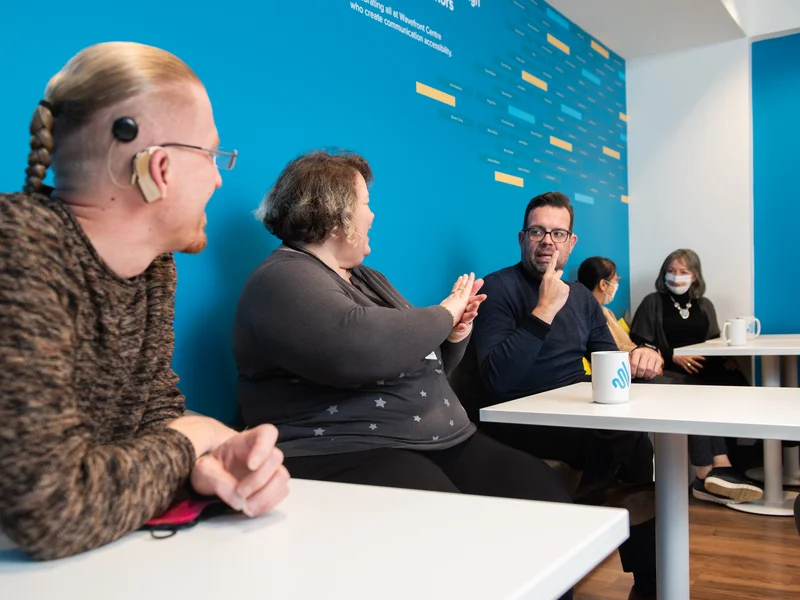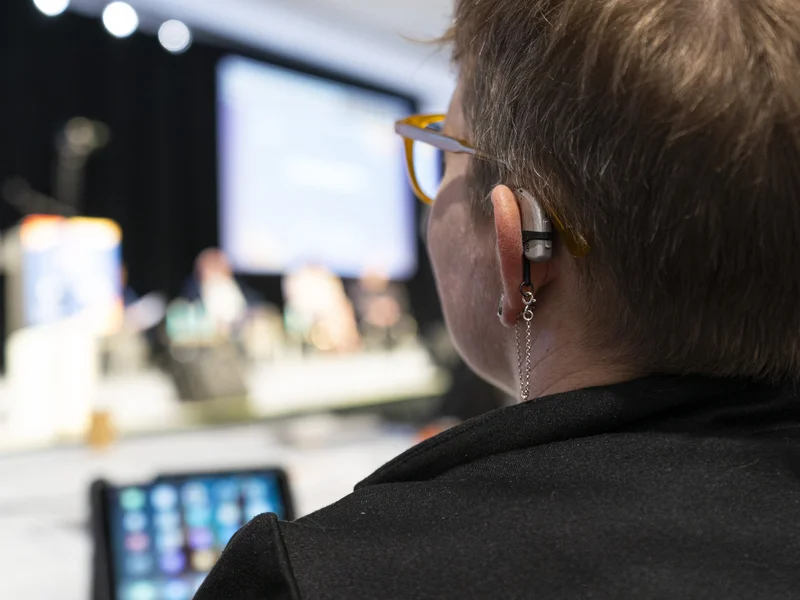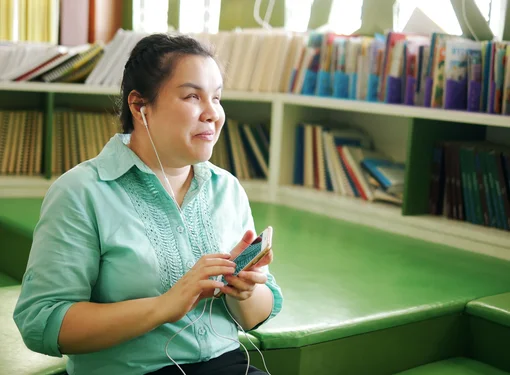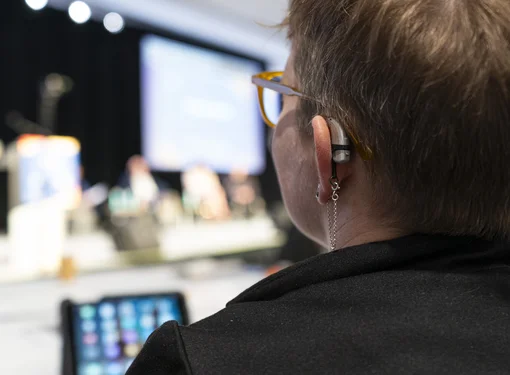Communicating is an essential part of our everyday lives, from speaking and listening to reading and processing information. Ensuring our communications are accessible to people of all abilities is essential.
These tools and tips will help you create communications that welcome everyone, enhance engagement, and build understanding. By applying these practices, you contribute to a more inclusive world where everyone feels respected and valued.

Inclusive Language
Language is powerful. When used intentionally, it makes people feel seen, valued, and included. By embracing inclusive language, we create communications that honour individual identities, preferences, and experiences.

Alternative Text (Alt Text)
Everyone deserves equal access to information. A key part of digital accessibility is providing alternative text for images, charts, and visuals so that people who are blind or have low vision can engage with your content.

Accessible Documents and Emails
Small design choices can have a big impact on readability and understanding. From font sizes and colour contrast to logical structure and headings, accessible formatting ensures that everyone can engage fully with your content.
- Tips to create accessible word documents
- Break Down the Barriers to Accessible Communication, One Email At a Time
- Tips for Creating Accessible Emails
- Essential Tips for Making Your Document Accessible to People with Dyslexia

Accessible In-Person and Virtual Events/Meetings:
Inclusive events ensure that everyone can participate, contribute, and feel welcome. Whether online or in person, thoughtful planning helps eliminate barriers and promote engagement for all attendees.

Accessible Excel Spreadsheets and Tables
Clear, well-structured data ensures everyone can understand and use information. Proper headings, labels, and layout help make spreadsheets and tables fully accessible.

Accessible PowerPoint Presentations
Presentations should support, not distract from, your message. Accessible slide design makes it easier for everyone to follow along and participate.
Check out our additional blogs below to help ensure your communications reach and resonate with people of all abilities.
Social Media For Everyone!
August 28, 2025
Social media is one of the most widely used tools in the world, but many people cannot fully join in when content is not created with accessibility in mind. According to the World Health Organization...
Breaking Barriers: Tips for Creating Accessible Communications
March 1, 2024
According to the latest 2022 Statistics Canada survey on disability, 27% of Canadians over 15 years has a disability and 7.4% have a vision disability, a significant jump of 5% and 2% respectively...
Tips to Create Accessible and Inclusive Job Postings
October 24, 2024
Job postings are often the first point of contact between your organization and your potential employees. To ensure inclusion and accessibility is kept top of mind, it's essential to consider your...
Accessible Futures: How Technology is Helping People With Disabilities Thrive
June 4, 2025
Today, on World Day for Assistive Technology, we pause to recognize the tools that have helped millions of people with disabilities live more fully, independently, and confidently. It’s a day to...
Your Voice. Your Ears. Your Connection!
May 28, 2025
Every May, we take time to recognize Speech and Hearing Month, a time dedicated to raising awareness about the importance of communication health, from speaking and listening to understanding and...
Braille In the Digital Age: Why It Still Matters?
January 8, 2025
World Braille Day, observed annually on January 4th, raises awareness about the importance of Braille as a means of communication for people who are blind or partially sighted. Celebrated since 2019...






